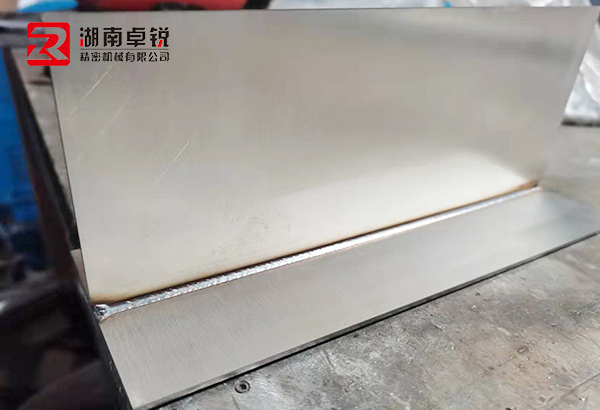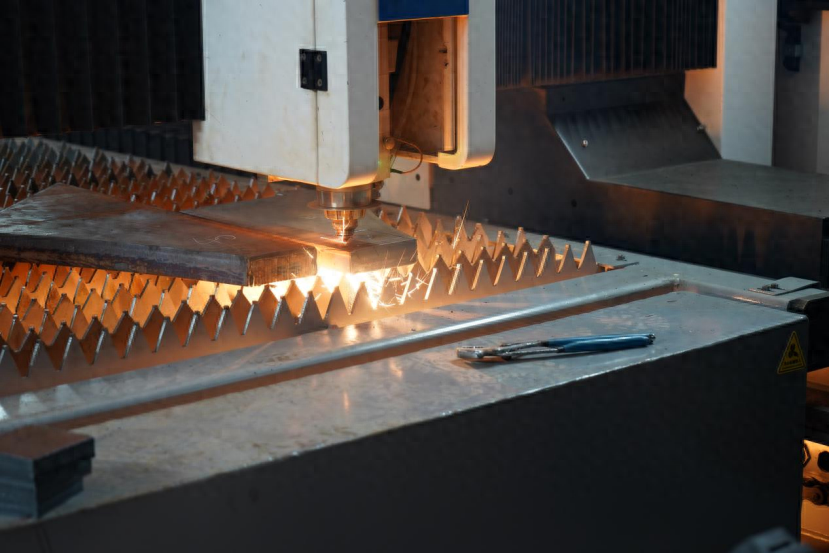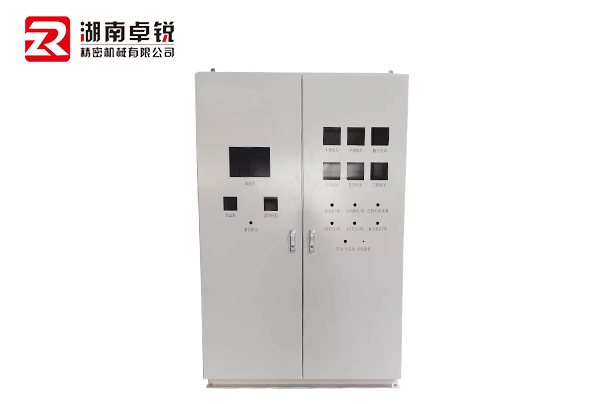Stamping factories may produce varying degrees of burrs during processing, which can seriously affect the quality of stamped parts. If the burrs on stamped parts are too large, they can wear out protective gloves and pose safety hazards; Stamping burrs can collide and fall on the mold, and the resulting iron filings can create protrusions on the stamped parts, leading to surface defects; Stamping burrs can cause scratches and surface defects when there is a conflict between sheet metal parts; If the flanging position occurs at a location with excessive burrs, it is easy to cause cracking at the flanging point; Excessive burrs can also lead to easy falling and corrosion after painting, reducing the service life of the vehicle body; Excessive burrs can also affect the edge quality of stamped parts. The burrs on stamping parts are usually considered to be unavoidable, so in people‘s minds, any stamped part should have burrs. In fact, burrs in stamping processing plants also have their allowable scale:
1. Stamping parts require the length of burrs to be less than 10% of the thickness of the sheet metal;
2. Burrs that cannot affect the degree of welding edge fitting;
3. Burrs that cannot easily cause personal injury;
4. Punching burrs that cannot affect the positioning and assembly of parts.
This article is from EMAR Mold Co., Ltd. For more EMAR related information, please click: www.sjt-ic.com,



 Spanish
Spanish Arabic
Arabic Spanish Basque
Spanish Basque Portuguese
Portuguese Belarusian
Belarusian Japanese
Japanese Russian
Russian Icelandic
Icelandic Bulgarian
Bulgarian Azerbaijani
Azerbaijani Estonian
Estonian Irish
Irish Polish
Polish Persian
Persian Boolean
Boolean Danish
Danish German
German French
French Filipino
Filipino Finnish
Finnish Korean
Korean Dutch
Dutch Galician
Galician Catalan
Catalan Czech
Czech Croatian
Croatian Latin
Latin Latvian
Latvian Romanian
Romanian Maltese
Maltese Malay
Malay Macedonian
Macedonian Norwegian
Norwegian Swedish
Swedish Serbian
Serbian Slovak
Slovak Slovenian
Slovenian Swahili
Swahili Thai
Thai Turkish
Turkish Welsh
Welsh Urdu
Urdu Ukrainian
Ukrainian Greek
Greek Hungarian
Hungarian Italian
Italian Yiddish
Yiddish Indonesian
Indonesian Vietnamese
Vietnamese 简体中文
简体中文 Haitian Creole
Haitian Creole









